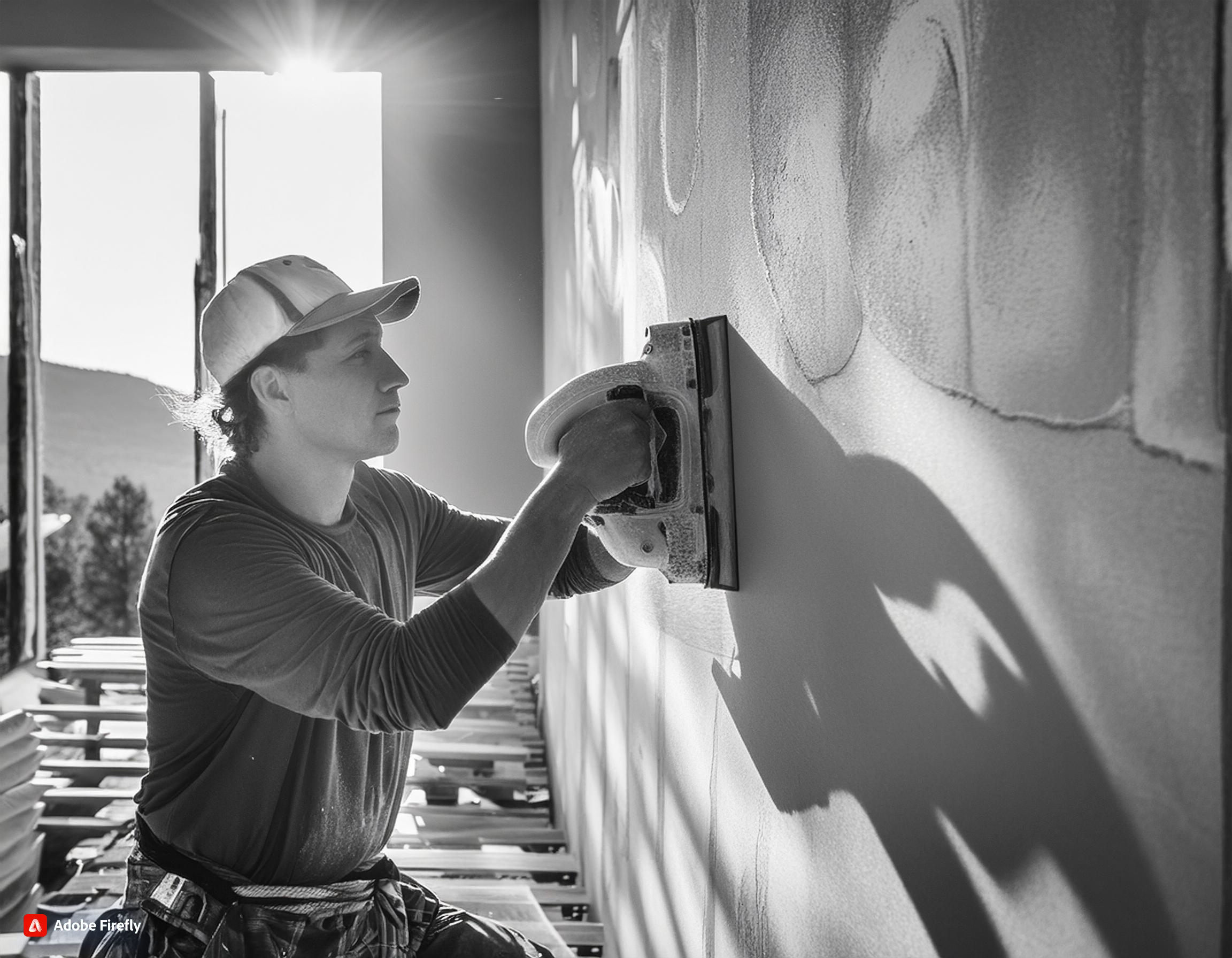For more than a century now, drywall has been a common component of homes. It can be used for walls, ceilings, and many other architectural features. It’s affordable, durable, and versatile. It’s also a long-lasting, fire-resistant material. It’s easy and inexpensive to repair as well.
Drywall can certainly stand on its own as a wall or ceiling. All it takes is proper installation, an application of compound to hide joints and seams, a good sanding, and a couple coats of paint to create a basic smooth finish. It’s a perfect base for tiles, adhesive backsplashes, and other design elements as well. If you’re looking for something a little more out of the ordinary, though, an array of drywall textures can be created for added appeal.
Table of Contents
ToggleExploring Different Drywall Texturing Techniques
Several techniques are used to ramp up the appearance of basic drywall. Some are applied by hand whereas others are created via an air compressor and a sprayer. Each one has its own distinct finished look.
Skip Trowel
One of the most popular drywall texture options is the skip-trowel technique. It essentially involves applying drywall mud to a wall with a trowel. Then, drywall experts use a clean trowel to scrape down and smooth the mud, leaving behind a lovely texture. Though this sounds simple, perfecting it requires time and practice.
Orange Peel
The orange peel drywall texturing technique entails spraying plaster onto a wall. That gives you a slightly rough appearance that’s very similar to an orange. You can choose a fine, medium, or rough orange peel texture depending on the look you want to achieve.
Stomp Texturing
Stomp texturing is yet another option. With this technique, drywall specialists apply a coat of compound to the walls. Then, they press a stiff brush into the compound to create peaks. It’s much like stippling a drywall ceiling.
The difference here is the final step of the process. After creating peaks in the compound, you go over them with a trowel to smooth them down a bit. This isn’t the most popular texture for walls because it tends to hold dust and snag dusting cloths more so than other options.
Santa Fe Texture
Santa Fe texturing often consists of a smoother overall surface with a bit of texture added into the mix. That said, as is the case with other textures, there are different levels and variations here. To achieve this effect, drywallers apply mud to a knife and spread it out in various directions at different depths.
Comb Texturing
Another popular choice is the comb drywall texture. It’s created by running a toothed trowel over wet drywall mud. It’s often done in overlapping semicircles, and those can be small or large depending on the look you want. It’s also possible to create more intricate designs using the comb technique.
Sand Swirl
Sand swirl texturing entails mixing sand with thin drywall mud. Then, the mixture is applied to walls in overlapping semicircles using a brush. The end result resembles comb texturing, but the swirls aren’t quite as pronounced. Many people feel this technique creates a more elegant look than some of the other options.
Finding the Right Drywall Textures for Your Home
Drywall is a common component of today’s homes and businesses. In many cases, it’s simply smoothed over and painted. That’s not the only choice available to you, though.
Several drywall textures and colors can be applied to your walls to give them a more unique look. You can even use drywall stencils to create beautiful accents and focal points. Think about the aesthetics you’re looking for, and let this guide help you choose the right texturing techniques to achieve them.








